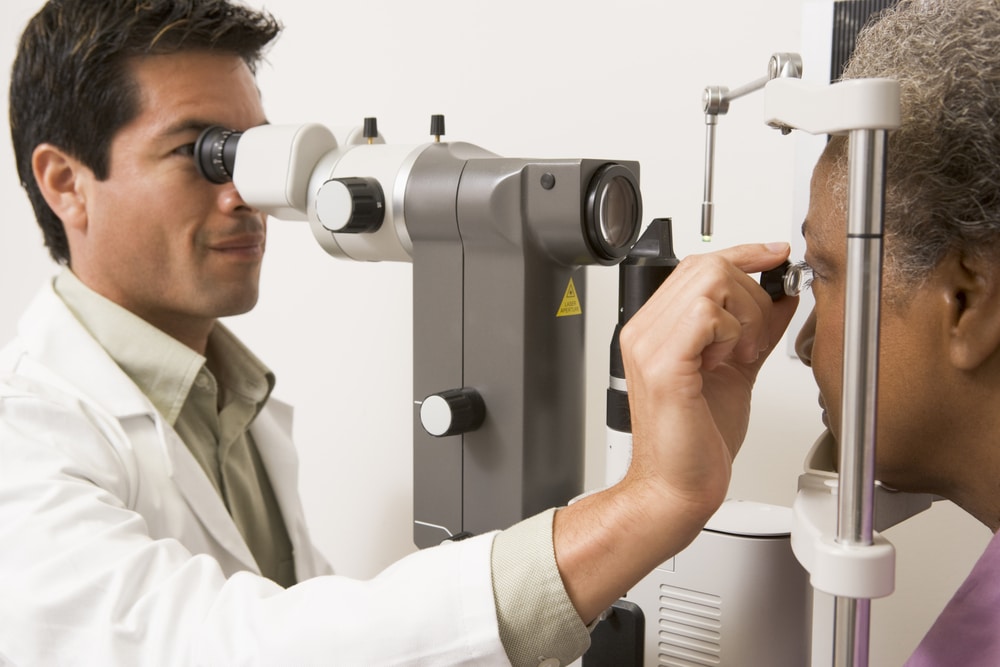Cataracts: Common Causes, Symptoms, Types, & Treatment

When you look at an object, the lens in your eye focuses incoming light onto the retina which allows you to see clearly. For light to focus correctly onto the retina the lens must be clear; a cataract is formed as the lens become cloudy.
The majority of cataracts are age-related and 50 percent of all Americans either develop cataracts or have cataract surgery by the age of 80. Cataracts can develop in only one or both eyes.
How Cataracts Form
The lens is located behind the colored part of your eye. As you get older, the lenses become thicker and less flexible. Age and other medical conditions cause the proteins in the lens to break down and clump together, which clouds small areas within the lens.
As the cataract grows, the clouding becomes denser and involved a larger part of the lens. The cataract scatters and blocks the light as it passes through the lens which prevents clear, sharply defined images from reaching your retina and causes your vision to blur.
Cataracts usually develop in both eyes, although one cataract may be more advanced than the other, causing a difference in the vision in both eyes.
Common symptoms of a cataract include:
- Cloudy or blurred vision
- Difficult nighttime vision
- Light sensitivity
- Seeing “halos” around lights
- Double vision in one eye
- Fading of colors
- Frequent changes in prescription eyewear
The vision cloudiness may be minimal in the beginning but as the cataract grows larger it will continue to cloud more of the lens. This distorts any light passing through the lens which leads to more obvious symptoms.
Types of Cataracts
- A subcapsular cataract forms in the back of the lens. This is more common among people who have diabetes or are taking large doses of steroids.
- A nuclear cataract forms in the central zone of the lens and is usually age related.
- A cortical cataract occurs in the lens cortex, which is where the lens surrounds the central nucleus. Cortical cataracts are characterized by a cloudiness that starts on the outside of the lens and moves its way to the middle.
Cataract Treatments
New corrective eyewear or anti-glare sunglasses can improve early symptoms of cataracts, although these are temporary fixes. Once these measures no longer help, surgery is the only effective treatment. The cataract surgeon will remove the cloudy lens and replace it with an artificial intraocular lens, or IOL. Cataract surgery has proven to be very successful in restoring vision.
If vision loss interferes with everyday activities, the cataract must be removed. It should also be removed if it prevents the examination or treatment of a separate eye problem.
Once you are informed of the benefits and risk of surgery, you can decide whether cataract surgery is the right course of action for you. Often, delaying cataract surgery causes long-term damage to your eyes and can make the surgery more difficult.
If you are considering cataract surgery, be sure to contact OMNI in Denver for your cataract consultation! We are happy to help you in your journey to clear vision.


